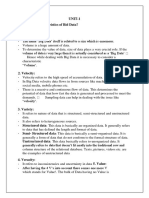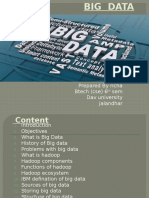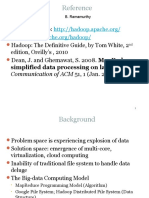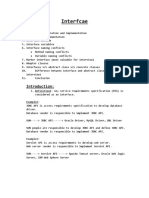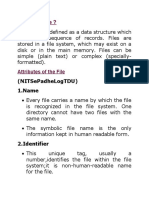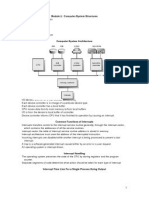0% found this document useful (0 votes)
40 views60 pagesLecture 02
This document provides an overview of big data concepts. It begins with defining big data and explaining its characteristics including volume, velocity, variety, veracity, and value. Examples of big data sources and amounts generated by various organizations are given. Hadoop is introduced as a framework for distributed processing of large datasets across clusters of computers. The core components of Hadoop - the Hadoop Distributed File System (HDFS) and MapReduce - are described at a high level. HDFS is explained as a distributed file system that stores multiple copies of data across nodes for reliability. Its master/slave architecture with a NameNode and DataNodes is summarized.
Uploaded by
natnaelCopyright
© © All Rights Reserved
We take content rights seriously. If you suspect this is your content, claim it here.
Available Formats
Download as PDF, TXT or read online on Scribd
0% found this document useful (0 votes)
40 views60 pagesLecture 02
This document provides an overview of big data concepts. It begins with defining big data and explaining its characteristics including volume, velocity, variety, veracity, and value. Examples of big data sources and amounts generated by various organizations are given. Hadoop is introduced as a framework for distributed processing of large datasets across clusters of computers. The core components of Hadoop - the Hadoop Distributed File System (HDFS) and MapReduce - are described at a high level. HDFS is explained as a distributed file system that stores multiple copies of data across nodes for reliability. Its master/slave architecture with a NameNode and DataNodes is summarized.
Uploaded by
natnaelCopyright
© © All Rights Reserved
We take content rights seriously. If you suspect this is your content, claim it here.
Available Formats
Download as PDF, TXT or read online on Scribd
/ 60





